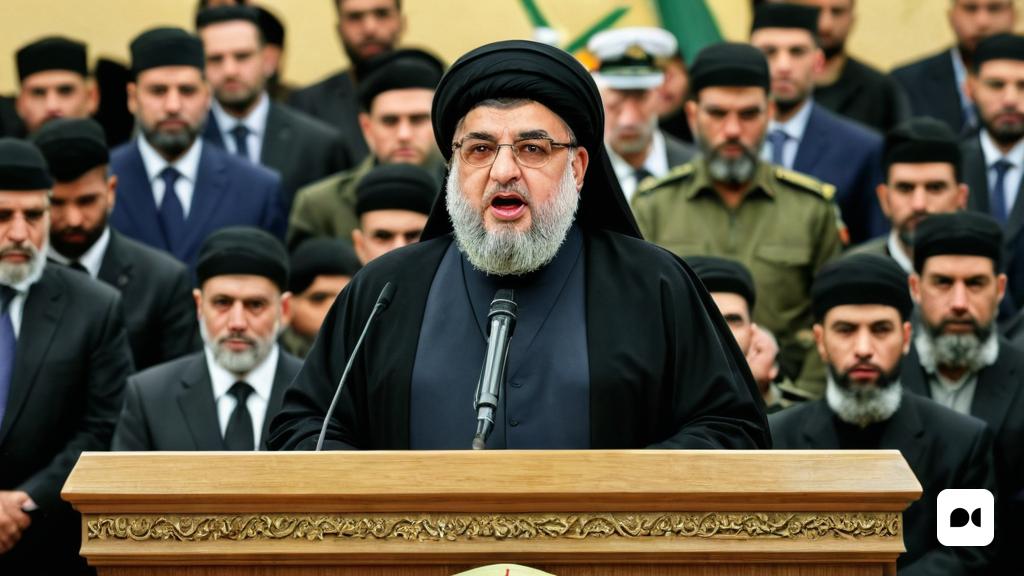A Critical Moment for the Region
The leader of Hezbollah, Hassan Nasrallah, has declared that his group is entering a new era of confrontation with Israel, after a series of deaths of important figures of Hamas. This escalation of events has raised concerns about the possibility of a wider regional conflict in the Middle East.
Fuad Shukur’s Funeral as a Catalyst
During a televised ceremony in memory of Fuad Shukur, Hezbollah’s second-in-command, Nasrallah assured that the militia would not stand still in the face of provocations. His words were clear: “The enemy and its allies, especially the United States, must prepare for a forceful response.”
Deaths that Change the Scenery
The recent death of Ismail Haniyeh, a powerful political figure within Hamas, has intensified the configuration of the conflict. Haniyeh was killed shortly after the attack on Shukur, suggesting that these incidents could further complicate negotiations for a ceasefire and hostage release in Gaza.
The Tactical Scenario and the Consequences
Suggestive reports indicate the use of explosive devices during the attacks, revealing a meticulously orchestrated plan behind the scenes. Iranian media have pointed out that Ali Khamenei issued orders to attack Israel after the incident, underscoring the gravity of the situation.
The Dynamics of Assassinations
Israel has claimed responsibility for the attack on Shukur, which resulted in the death of an Iranian military adviser and innocent civilians. These actions are part of a historical pattern of assassinations targeting Hamas leaders. Israel, after the outbreak of hostilities in October, has expressed its intention to neutralize all Hamas leaders, no matter where they are.
Cross tensions between Israel and Hezbollah
Hezbollah has sent clear messages to Israel about the consequences of attacks on its capital, warning that crossing the red line would result in retaliation. Netanyahu, the Israeli prime minister, has said his country is ready to face any provocation, as tensions rise between the two sides.
Impact on the Civilian Population
This conflict has led tens of thousands of people to leave their places of residence, thus increasing humanitarian suffering. Nasrallah, in his speech, noted a separation between the Gaza and Libya fronts, indicating that the hostilities have gone beyond the simple dynamics of support and alliances.
Reflections on the Future of Conflict
With tensions on the rise and a complicated picture, the future of the conflict in the Middle East is uncertain. Both sides seem prepared for what’s to come, with rhetoric that portends more clashes in the coming days. How events will evolve remains to be seen, but the international community is watching with concern.




